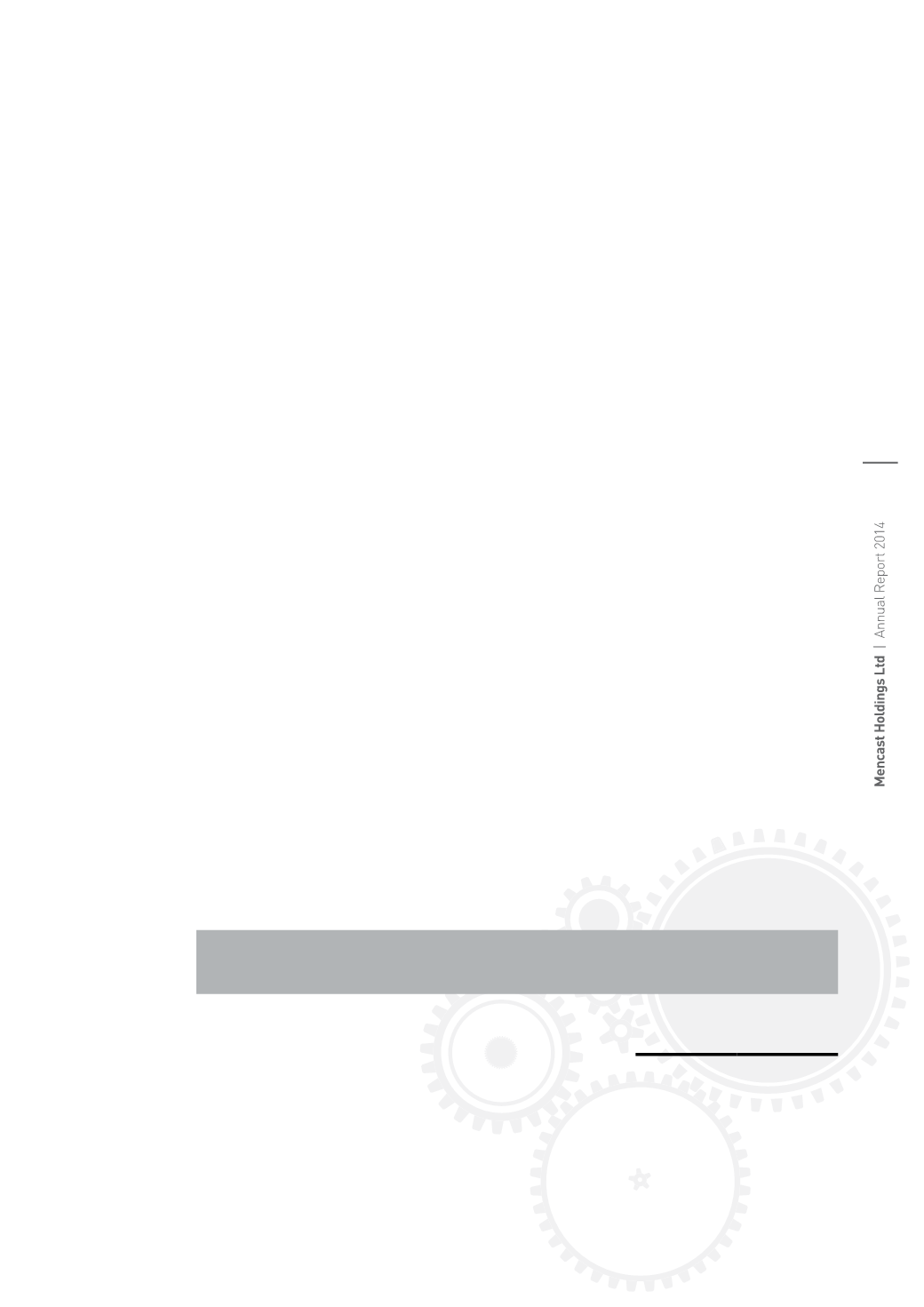
99
NOTES TO THE FINANCIAL STATEMENTS
For the financial year ended 31 December 2014
28.
Financial risk management
(continued)
(a)
Market risk
(continued)
(ii)
Price risk
(continued)
Cash flow and fair value interest rate risks
Cash flow interest rate risk is the risk that the future cash flows of a financial
instrument will fluctuate because of changes in market interest rates. Fair value
interest rate risk is the risk that the fair value of a financial instrument will fluctuate
due to changes in market interest rates. As the Group has no significant interest-
bearing assets, the Group’s income is substantially independent of changes in market
interest rates.
The Group’s exposure to cash flow interest rate risks arises mainly from variable-
rate bank borrowings that are mainly denominated in SGD. The Group manages its
interest rate risk by keeping bank borrowings to the minimum required to sustain the
operations of the Group.
If the SGD variable interest rates had higher/lower by 0.5% (2013: 0.5%), with all other
variables including tax rate being held constant, the impact to net profit would have
been lower/higher by $616,000 (2013: $418,000) as a result of higher/lower interest
expense on these borrowings.
(b)
Credit risk
Credit risk refers to the risk that counterparty will default on its contractual obligations
resulting in financial loss to the Group. The major classes of financial assets of the Group
and of the Company are bank deposits and trade receivables. For trade receivables, the Group
adopts the policy of dealing only with customers of appropriate credit standing and history,
and obtaining deposit where appropriate to mitigate credit risk. For other financial assets, the
Group adopts the policy of dealing only with high credit quality counterparties.
Credit exposure to an individual counterparty is restricted by credit limits that are approved
by the management at operating entity level based on ongoing credit evaluation. The
counterparty’s payment profile and credit exposure are continuously monitored at operating
entity level by the respective management and at the Group level by the Corporate Finance
department.
As the Group and the Company do not hold any collateral, the maximum exposure to credit
risk for each class of financial instruments is the carrying amount of that class of financial
instruments presented on the balance sheet, except as follows:
Company
2014
2013
$’000
$’000
Corporate guarantees provided to banks on subsidiaries’ loans
(Note 26)
20,388
3,016
The trade receivables of the Group include 1 debtor (2013: 1 debtor) that individually
represented 13% of trade receivables.


